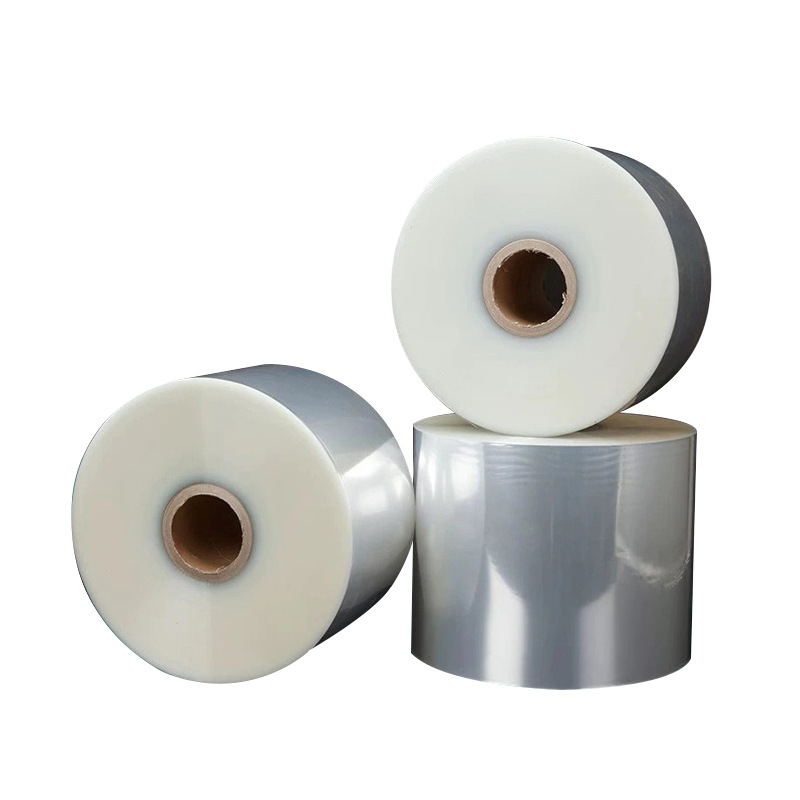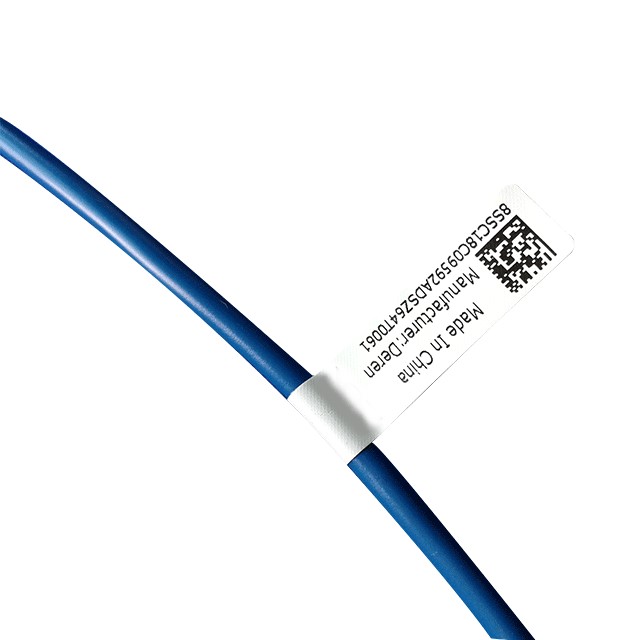Must-Have Heat-Resistant Labels: A Necessity for High Temperatures
Heat-resistant labels are an essential component in various industries that operate under high-temperature conditions. These labels are designed to withstand extreme heat and maintain their integrity, ensuring clear identification and safety information even in the harshest environments. In this article, we will explore the importance of heat-resistant labels and their applications across different sectors.
The Significance of Heat-Resistant Labels
Heat-resistant labels play a crucial role in industries such as manufacturing, automotive, aerospace, and electronics, where high temperatures are a constant challenge. These labels are specifically engineered to withstand extreme heat, preventing them from melting, fading, or losing adhesive strength. By using heat-resistant labels, companies can ensure that vital information remains visible and readable, even in the most demanding conditions.
One of the primary reasons for using heat-resistant labels is to enhance safety measures. In hazardous environments, such as chemical plants or oil refineries, clear and legible labels are essential for identifying potential risks and providing instructions for proper handling. Heat-resistant labels can withstand the heat generated by these processes, ensuring that safety information remains intact and visible to workers.
Additionally, heat-resistant labels are vital for product identification and traceability. In industries like automotive manufacturing, where parts undergo high-temperature processes such as welding or painting, regular labels would quickly deteriorate. Heat-resistant labels, on the other hand, maintain their quality and legibility, enabling efficient tracking and identification throughout the production process.
Applications of Heat-Resistant Labels
1. Manufacturing Industry:
In the manufacturing sector, heat-resistant labels are used on machinery, equipment, and components that are exposed to extreme temperatures during production. These labels ensure that critical information, such as operating instructions, safety warnings, and maintenance schedules, remains visible and readable, reducing the risk of accidents and costly downtime.
2. Automotive Industry:
Heat-resistant labels are extensively used in the automotive industry, particularly during the painting and curing processes. These labels withstand the high temperatures in paint ovens and maintain their adhesive properties, allowing for reliable tracking of parts and components throughout the assembly line.
3. Aerospace Industry:
The aerospace industry relies on heat-resistant labels for various applications, including labeling components, wiring, and control panels. These labels ensure that critical information, such as part numbers, serial numbers, and safety warnings, remains intact even in extreme heat conditions, guaranteeing the safety and efficiency of aircraft operations.
4. Electronics Industry:
Heat-resistant labels are essential in the electronics industry, where components go through soldering and reflow processes. These labels can endure the high temperatures involved in these procedures, providing clear identification and traceability for electronic components.
Choosing the Right Heat-Resistant Labels
When selecting heat-resistant labels, it is crucial to consider the specific temperature range they can withstand. Different labels have varying temperature thresholds, and it is essential to choose labels that can handle the highest temperature encountered in the application environment.
Furthermore, the adhesive strength of the label should be taken into account. Labels with strong adhesives ensure that they remain securely attached to surfaces, even under extreme heat or prolonged exposure.
Lastly, it is important to consider the label's durability and resistance to chemicals, solvents, and UV radiation. These factors can significantly impact the label's longevity and legibility in high-temperature environments.
In Conclusion
Heat-resistant labels are indispensable in industries that operate under high-temperature conditions. They play a vital role in ensuring safety, enhancing traceability, and maintaining clear identification in challenging environments. By selecting the right heat-resistant labels, companies can improve efficiency, reduce downtime, and mitigate risks, ultimately contributing to the overall success of their operations.
We offer comprehensive technical support, including free professional labeling solutions, advice on label materials and adhesive selection, as well as online/offline assistance from professional software and hardware engineers. Service email: andy@ownlikes.cn. In pre-sales, we leverage our extensive experience in specialty labeling projects to provide clients with the most suitable hardware solutions. Additionally, all our label barcode printers and scanners come with a three-year free warranty, demonstrating our confidence in our products.






This site is protected by reCAPTCHA and the Google Privacy Policy and Terms of Service apply.